4C’s: Color
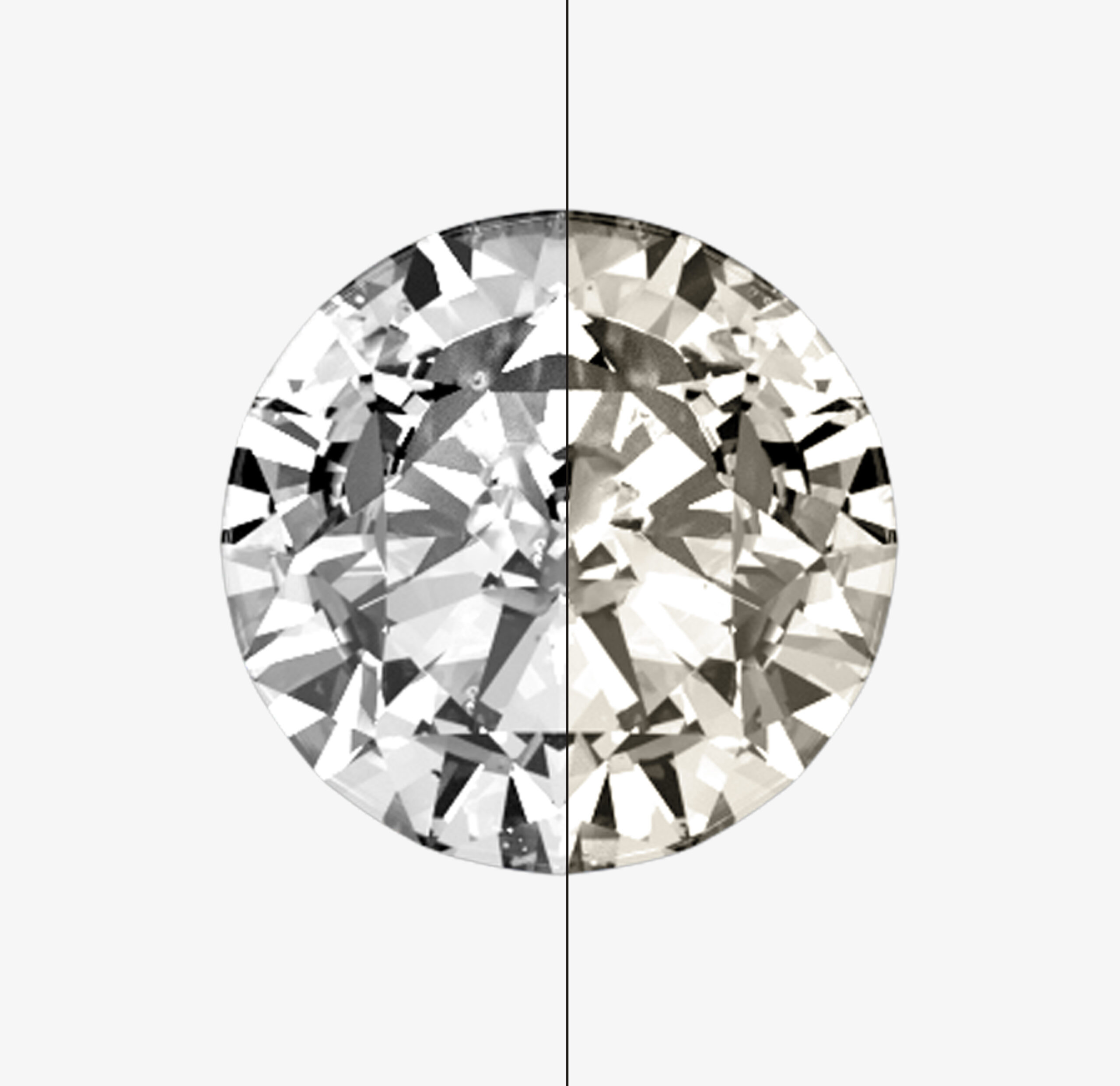
Diamonds are renowned for their brilliance and clarity, but one of the most defining characteristics of a diamond is its color. While many believe that diamonds are purely colorless, they actually come in a spectrum of shades, from icy white to warm hues and even vibrant colors. At Diamond by Empire, we prioritize helping you understand the significance of diamond color and how it impacts a diamond’s quality and value.
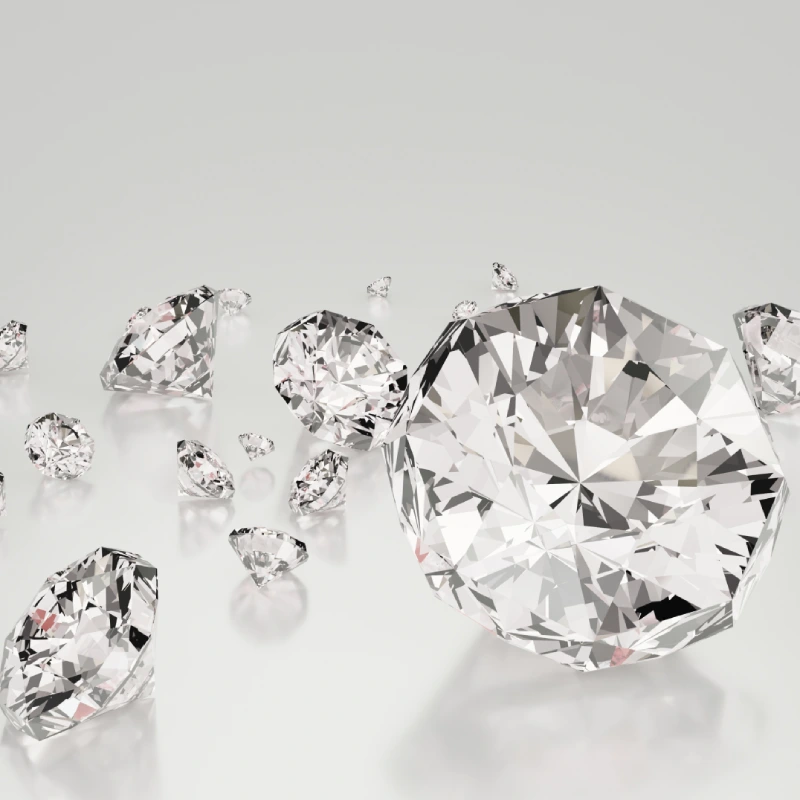
What is diamond color?
In the diamond industry, “color” refers to the presence or absence of color in a diamond. The less color a diamond has, the higher its value, as colorless diamonds allow more light to pass through, creating exceptional brilliance. The Gemological Institute of America (GIA) grades diamonds on a scale from D (completely colorless) to Z (light yellow or brown). This scale measures the degree of colorlessness under controlled lighting and precise viewing conditions.

Diamond color grading scale
D-F (Colorless): Diamonds in this range are considered the most desirable and rare. They exhibit no detectable color, even under magnification, making them exceptionally brilliant.
G-J (Near Colorless): These diamonds have a slight trace of color, typically only visible when compared to higher-grade diamonds. They offer excellent value while maintaining an attractive appearance.
K-M (Faint Color): Diamonds in this range display a faint yellow or brown tint, which becomes more noticeable to the naked eye.
N-Z (Noticeable Color): These diamonds have a more apparent yellow or brown hue and are typically less sought after for traditional engagement rings but may be used in vintage or unique designs.
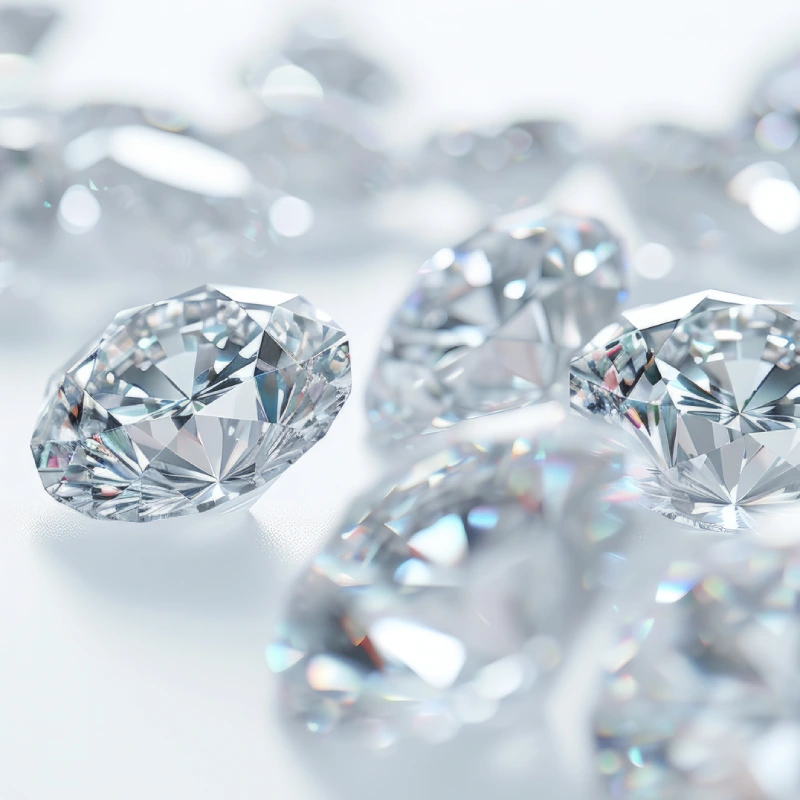

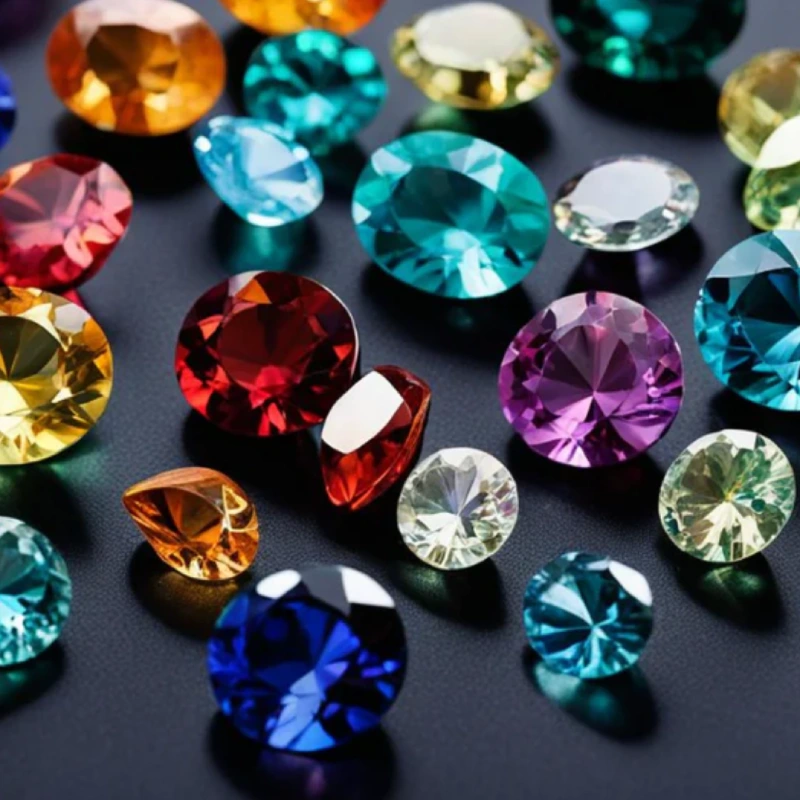
Fancy Colored Diamonds
While the GIA scale focuses on colorless to light-colored diamonds, there is a separate category for fancy-colored diamonds. These include vibrant hues such as blue, pink, yellow, and green, which are highly prized for their rarity and uniqueness. Fancy-colored diamonds are graded based on the intensity and saturation of their color, with deeper and more vivid hues commanding higher prices.
The Impact of Color on Diamond Quality
The color of a diamond significantly affects its overall appearance and value. Here’s how:
Brilliance and Sparkle: Colorless diamonds reflect more light, resulting in greater brilliance and sparkle.
Perceived Size: Diamonds with less color may appear larger because their brilliance is not overshadowed by tint.
Versatility: Colorless or near-colorless diamonds blend seamlessly with any metal setting, while diamonds with faint color may pair better with yellow or rose gold.
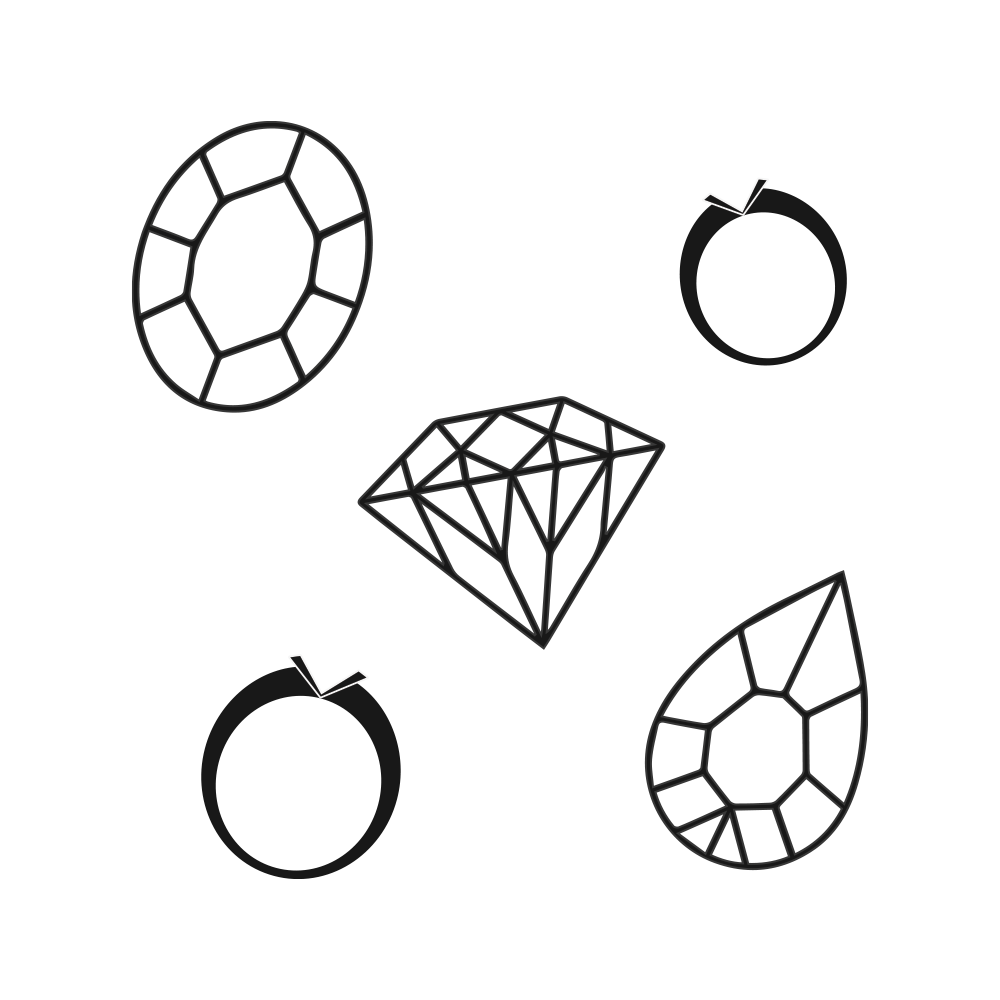
Choosing the Right Diamond Color
When selecting a diamond, consider the following factors:
Setting Metal: The color of the metal can influence how the diamond’s color is perceived. For example, platinum and white gold complement colorless diamonds, while yellow gold can mask faint yellow tints.
Personal Preference: Some individuals prefer the warmth of faint-colored diamonds, especially when paired with vintage-inspired designs.
Budget: Near-colorless diamonds (G-J) offer an excellent balance of quality and affordability, providing a bright appearance without the premium price of colorless grades.
Fancy Colors: For those seeking something unique, fancy-colored diamonds are a stunning option that stands out from traditional white diamonds.
Fluorescence is a natural phenomenon in some diamonds, causing them to emit a soft glow under ultraviolet light. While fluorescence is not inherently good or bad, it can influence a diamond’s appearance. In some cases, strong fluorescence can make a diamond appear hazy, while in others, it enhances the perceived whiteness of diamonds with a faint yellow tint.
Why Diamond Color Matters
Diamond color is a critical factor to consider, as it impacts both the aesthetic and monetary value of the stone. However, it’s essential to balance color with the other 4Cs (cut, clarity, and carat) to find a diamond that meets your specific preferences and needs.
At Diamond by Empire, we offer a wide range of diamonds across all color grades and specialize in helping you make an informed decision. Our collection includes everything from exquisite colorless diamonds to breathtaking fancy-colored stones, ensuring there is a perfect choice for every style and occasion.
FAQ about Diamond Color
Can the color of a diamond change over time?
No, a diamond’s color is natural and does not change over time under normal conditions.
Are fancy-colored diamonds treated to enhance their color?
Some fancy-colored diamonds are treated to enhance their color, but natural fancy-colored diamonds with untreated hues are more valuable.
What is the best color grade for an engagement ring?
It depends on personal preference and budget, but most people choose diamonds in the G-J range for their balance of beauty and value.
How does lighting affect the appearance of diamond color?
Different lighting conditions can impact how a diamond’s color is perceived. Natural daylight is the best for evaluating a diamond’s true color.
Are fancy-colored diamonds more expensive than colorless diamonds?
Fancy-colored diamonds can be more expensive due to their rarity, especially in intense hues like vivid pink or blue.
